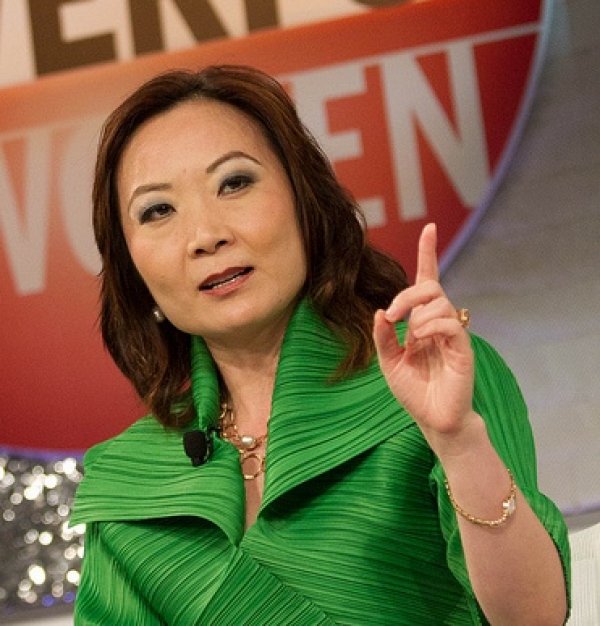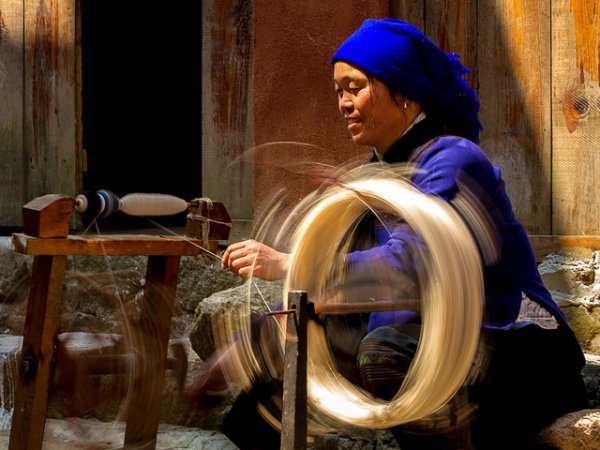Culture and Society: Women in Business
General
Chinese women’s contribution to the economy is immense, as they comprise about 60 percent of the workforce. A growing number of Chinese entrepreneurs are women, and many of those work in the private sector. Changes in social and cultural attitudes, supported by effective legislation, have enabled women to enter the labor force and sometimes achieve high-level decision-making positions. In China, women are believed to be particularly fair and flexible, which makes them preferred supervisors in most sectors, including many traditionally considered male domains.
Legal Rights
Women in China have the same rights to education, employment, inheritance, and property as men. They are specifically entitled to an equal share of family property under the Inheritance Law. Women have also been granted additional rights to protect their interests in the workplace. Though they are guaranteed equal pay for equal work, women’s wages are about 80 percent of men’s wages. Women are also more likely to be laid off or become unemployed than men.
Women in Professions
Traditionally, Chinese women were engaged in the agricultural sector, which still employs a majority of the population. Rural industry, including small-scale and household industries like producing handicrafts, employs around 85 million people, of which 40 percent are women. A majority of urban women work in factories, businesses, or in the service sector. Many professional women work as doctors, lawyers, engineers, and government heads. Women accounted for over a third of professional and technical workers at the beginning of the 21st century. Increasing numbers of Chinese women are entrepreneurs. Women work in government in relatively large numbers, and they sometimes reach high-level positions.
The number of working women continues to increase, although the growth rate is slow. Although women are not explicitly prohibited from any profession, pregnant women are not allowed to work in the fields from the 28th week of pregnancy onward. As for dress, there are some dress code restrictions for civil servants. Tank tops, sandals, and long hair are not allowed. Otherwise, Chinese women dress fashionably in Western styles.
Working women either send their children to childcare centers or get help from relatives like grandparents, who can look after young children. The Chinese government has recently taken steps to open more childcare centers.
Women as Business Owners
Estimates show that only about 10 percent of women in the age groups of 18 to 64 manage a business, as compared to the world average of 7. Around a quarter of Chinese companies are owned and managed by women. These include companies in a range of sectors like manufacturing, finance and banking, trading and services.
The majority of women in business entered this sector in the late 20th century. Women in business work around 10 to 17 hours per day, on average. Lack of capital remains a limitation for most businesswomen.
Nearly a third of women-run businesses are state-owned enterprises, while about a quarter are joint stock enterprises or collective ownership enterprises. Private and individual enterprises and foreign-funded enterprises make up the rest. About a third of them have assets worth less than one million yuan, while a little over a third have assets valued between one and 10 million yuan. Just 10 percent have assets worth more than 100 million Yuan.
Nearly two-thirds of women-owned companies have more than half female employees.
Copyright © 1993—2025 World Trade Press. All rights reserved.

 China
China 
